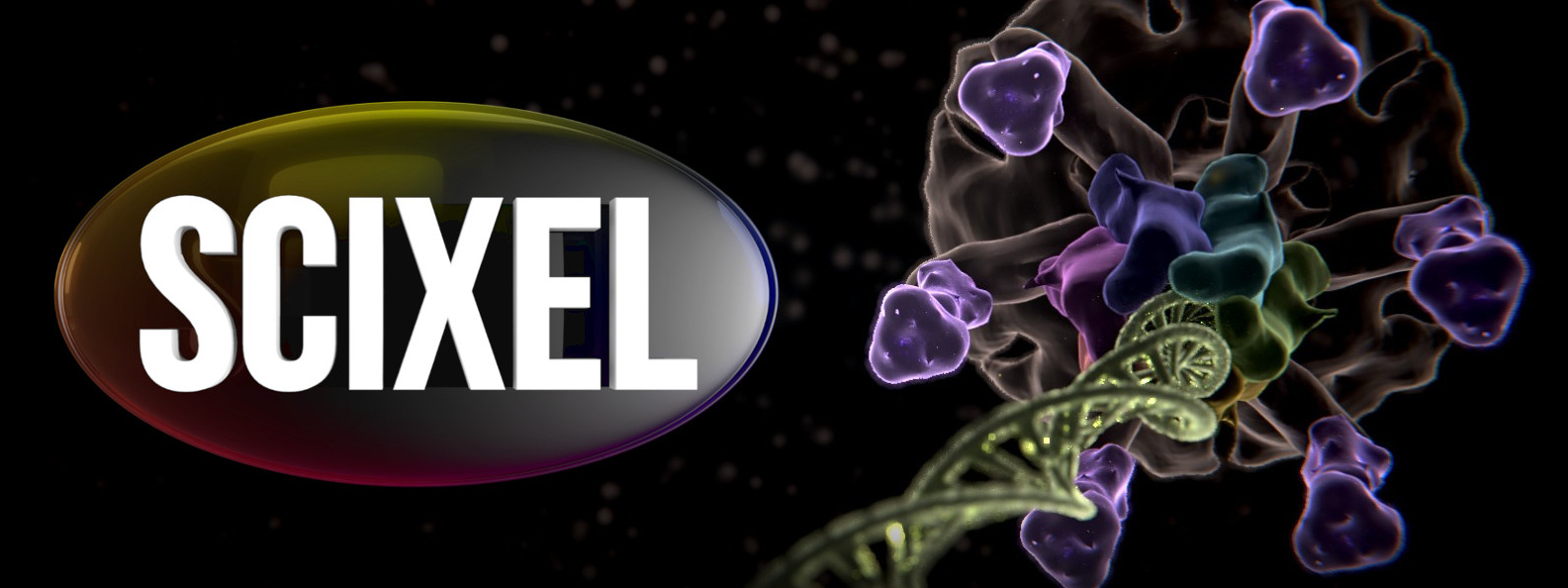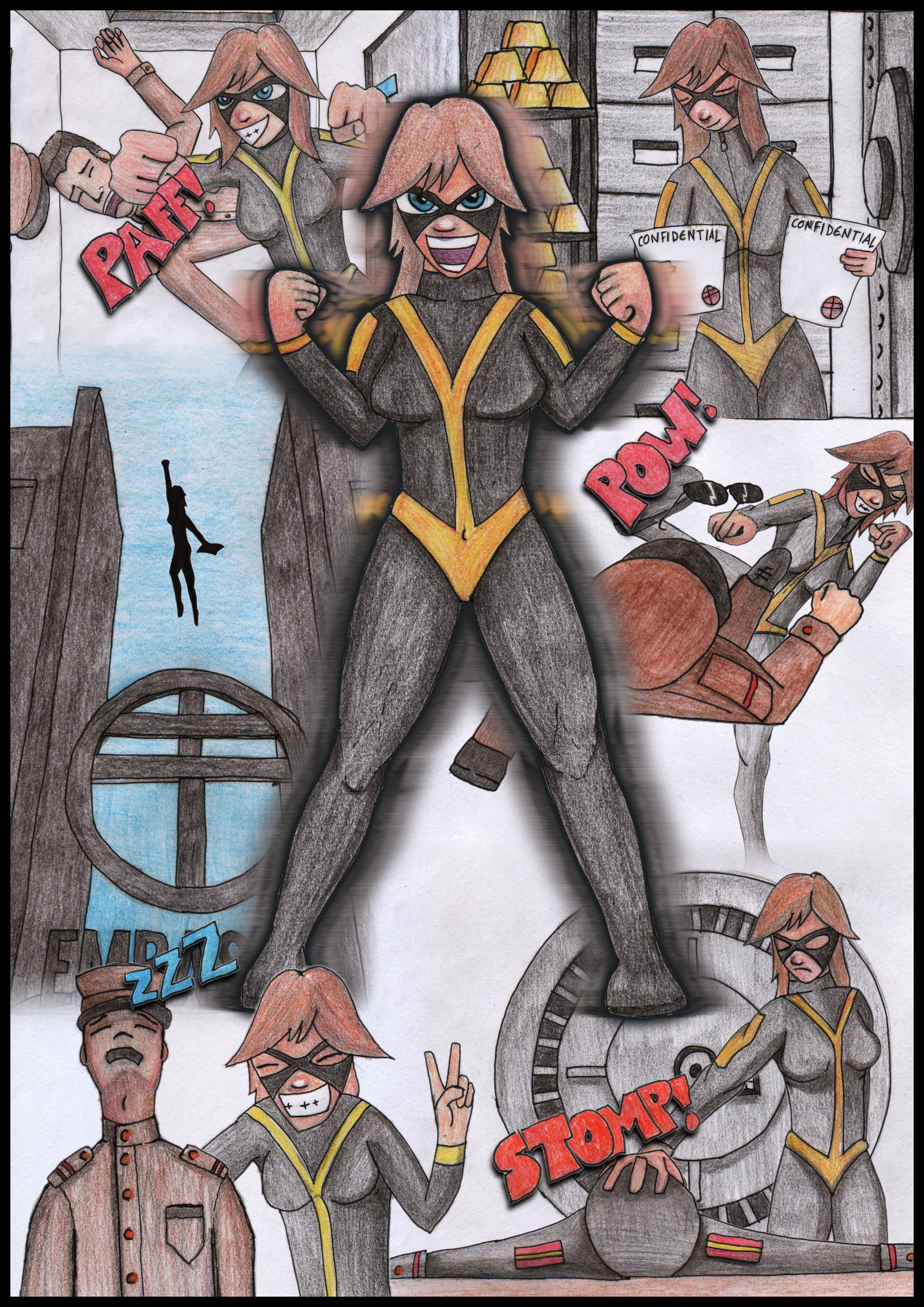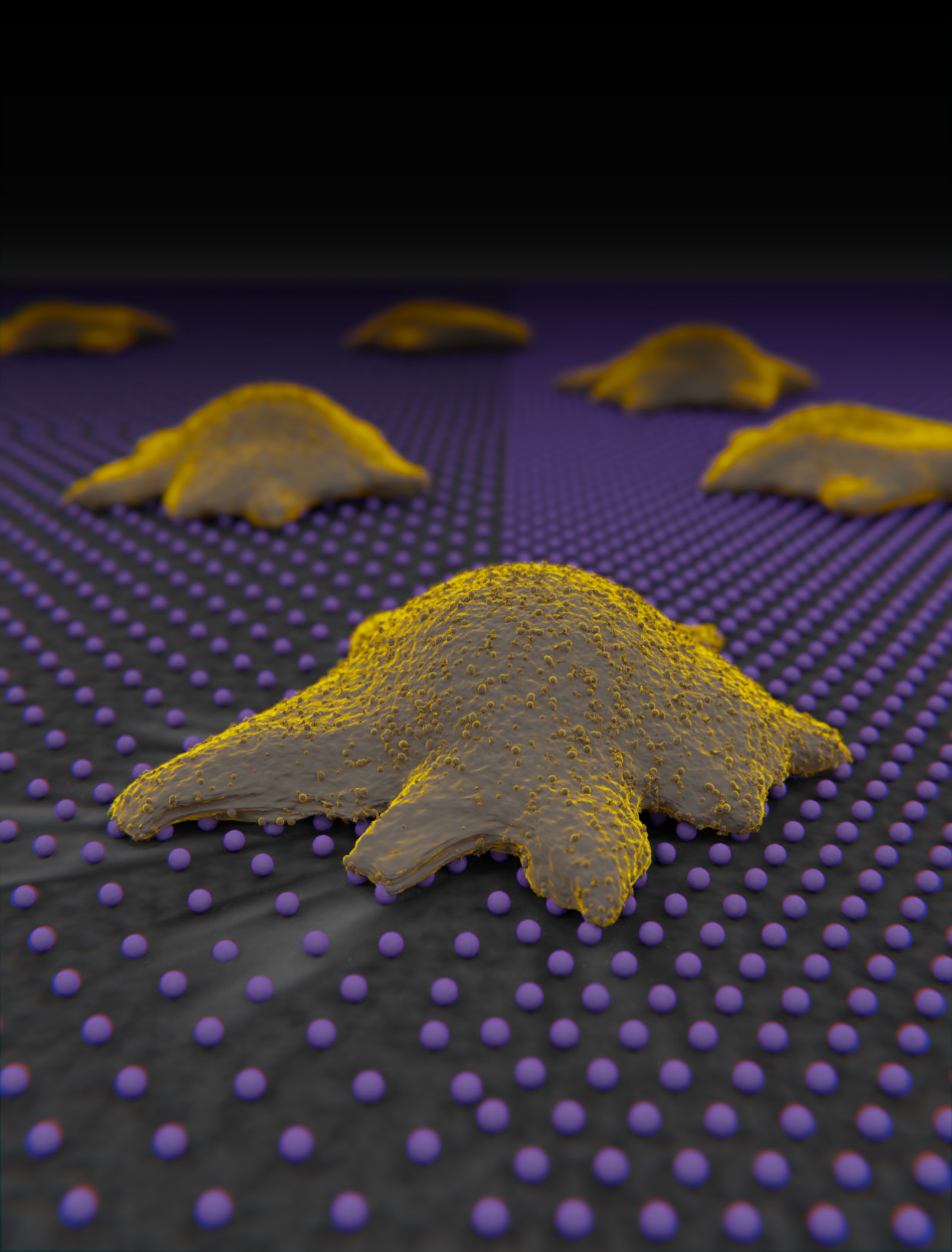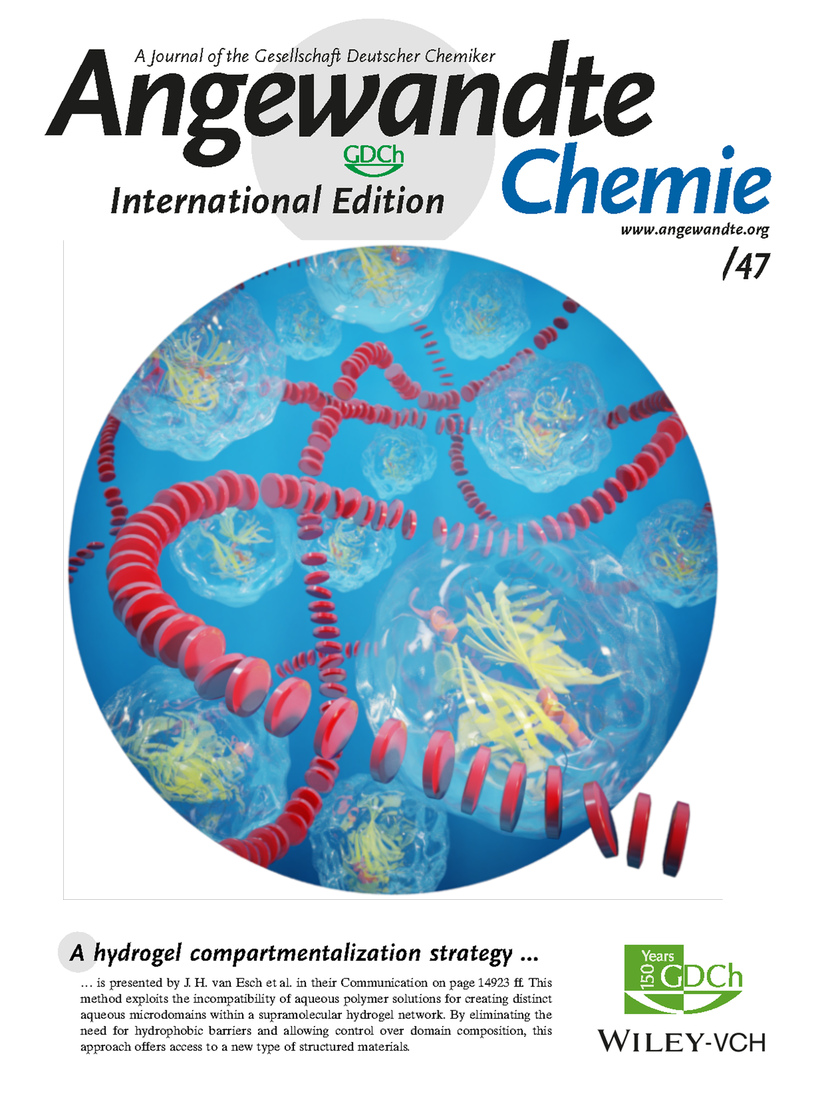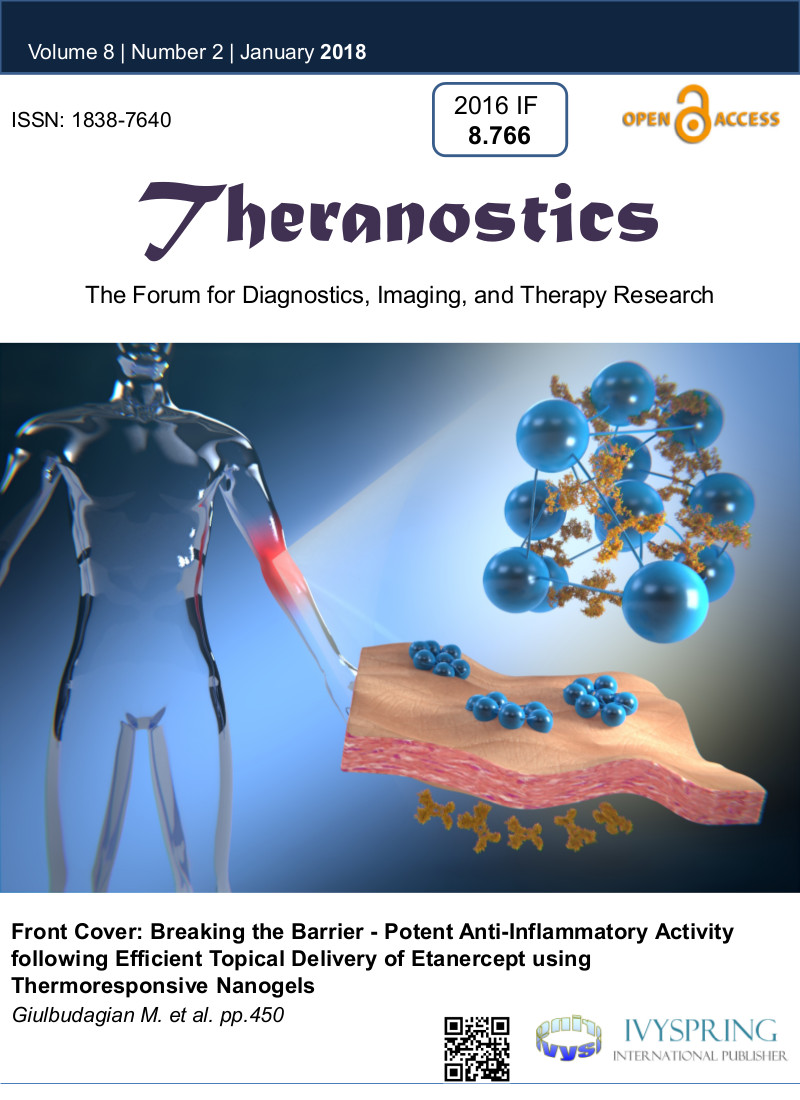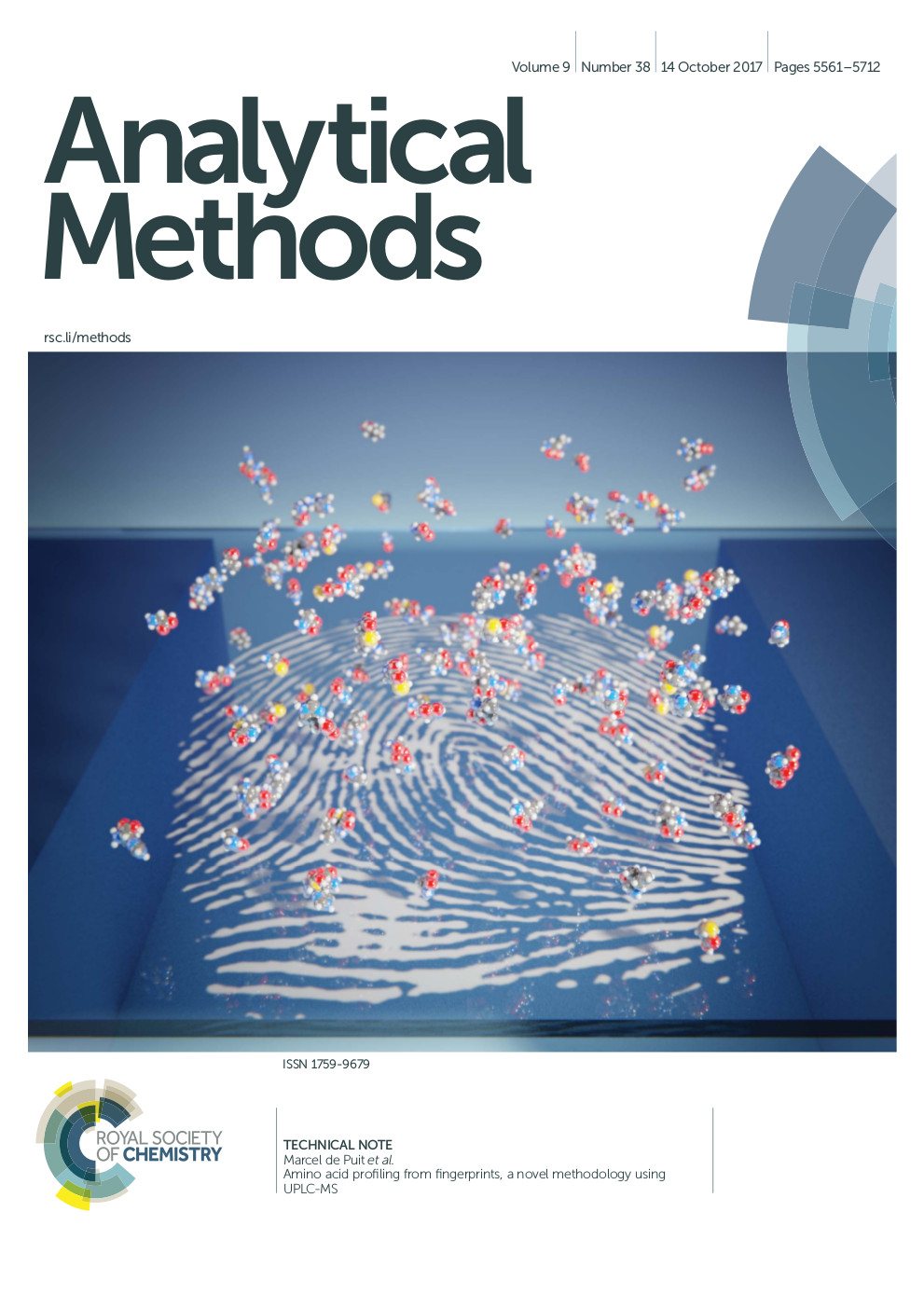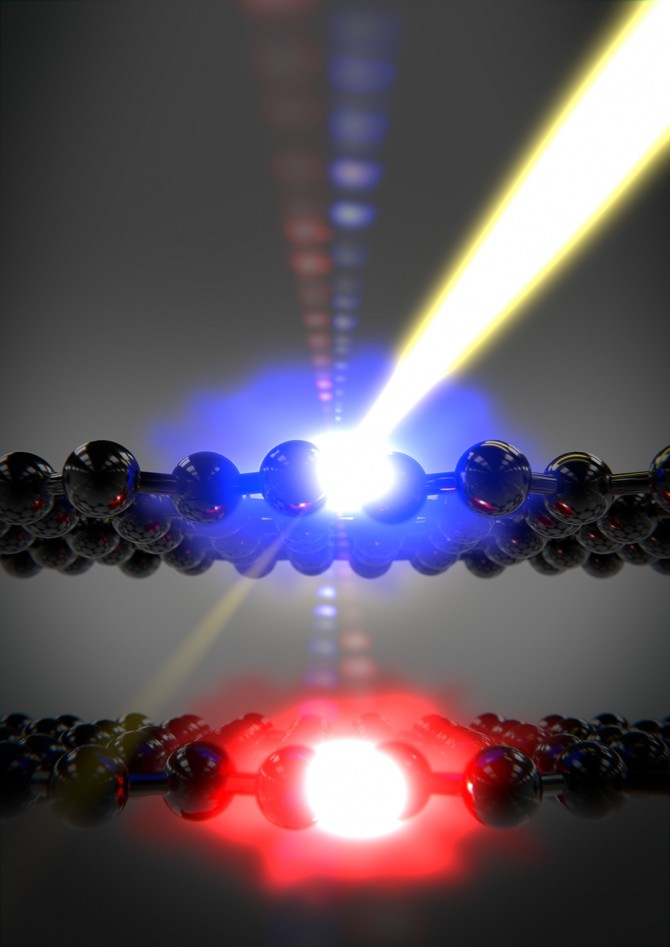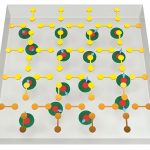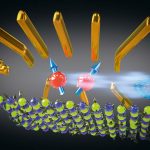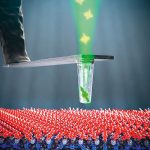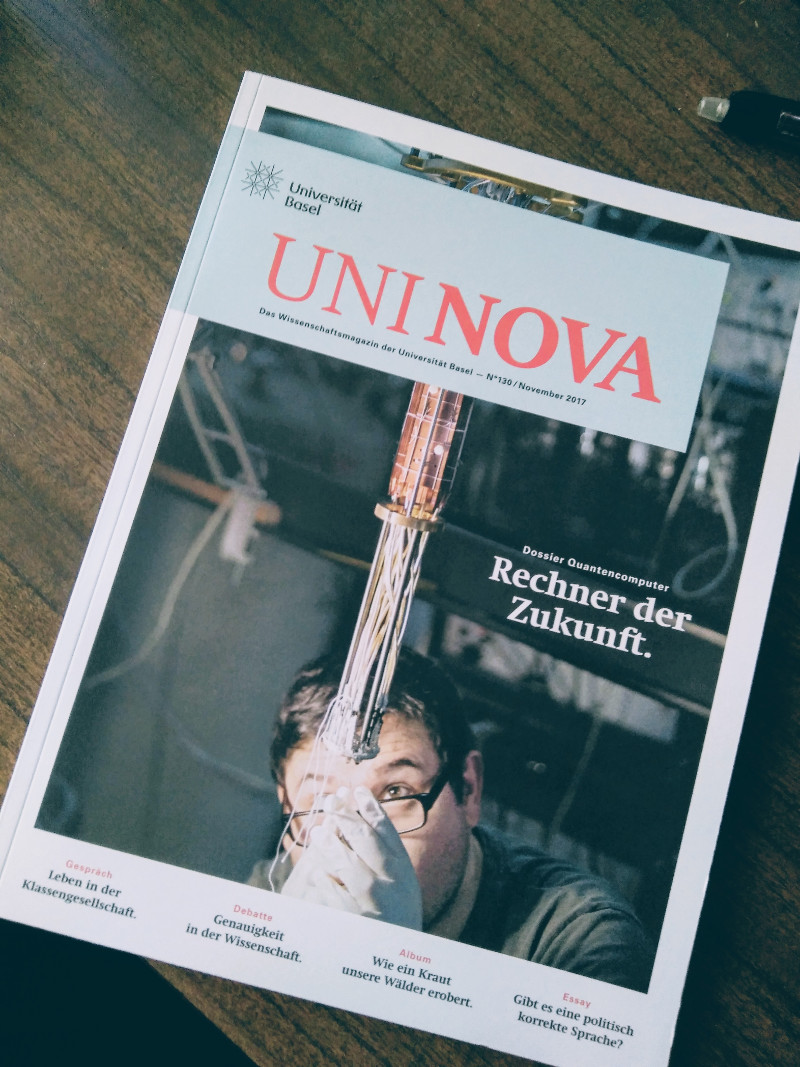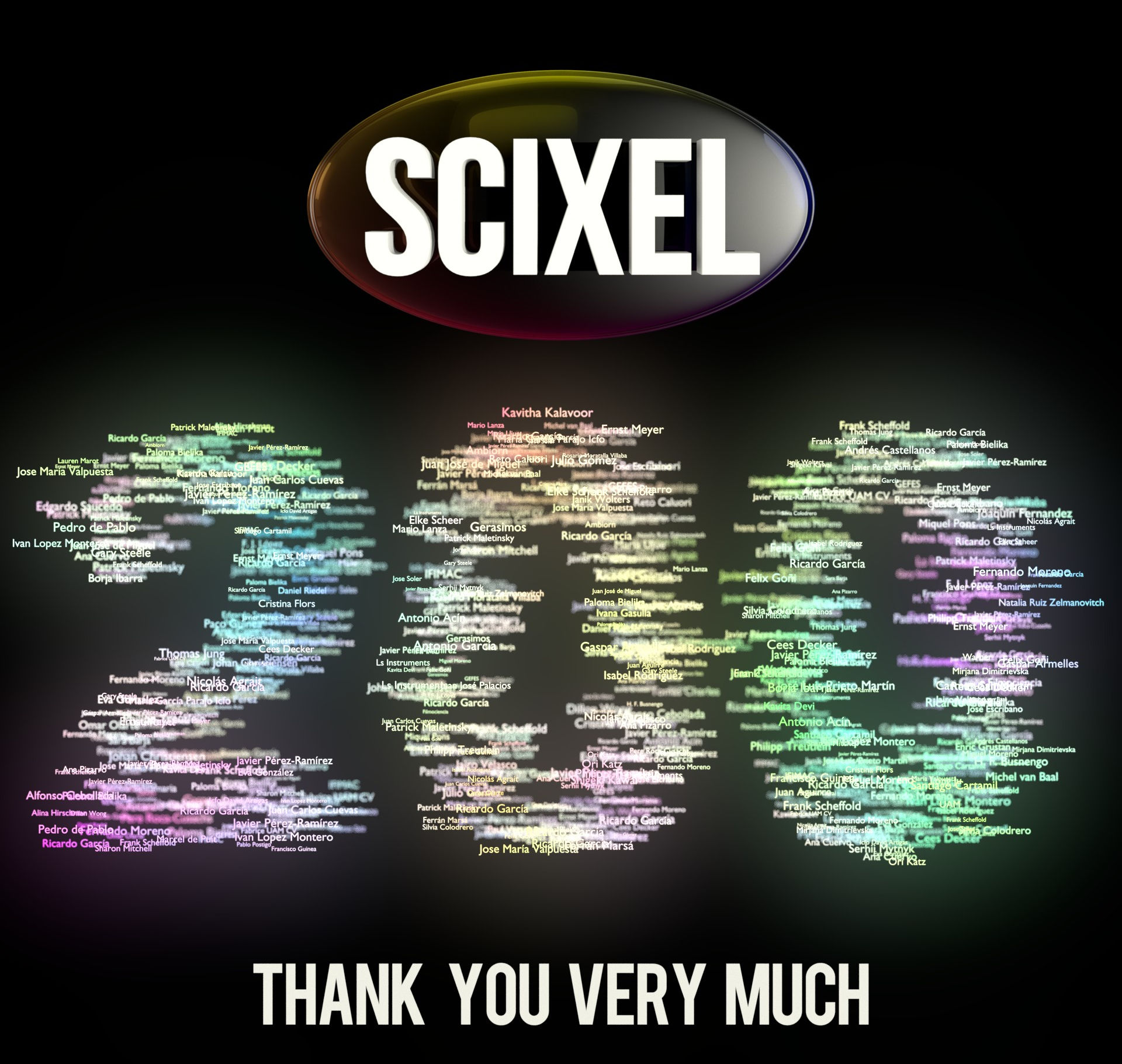We participate in outreach projects every time we can. And this is one of those. Nanokomik is a comic contest organized by the research centers CIC nanoGUNE and the Donostia International Phyisics Center (DIPC). Last year’s challenge was to create a graphic story about a female or male comic superhero with “nanopowers”, that is, sophisticated skills or powers acquired through nanoscience and nanotechnology.
We created Miss Young, a superhero with the ability of been everywhere at the same time when nobody is observing her.
We didn’t win the contest but it certainly was a great experience to make our first comic in a traditional way.
